Home>Gardening & Outdoor>Plant Care & Gardening Tips>How To Make Wildflower Seed Bombs
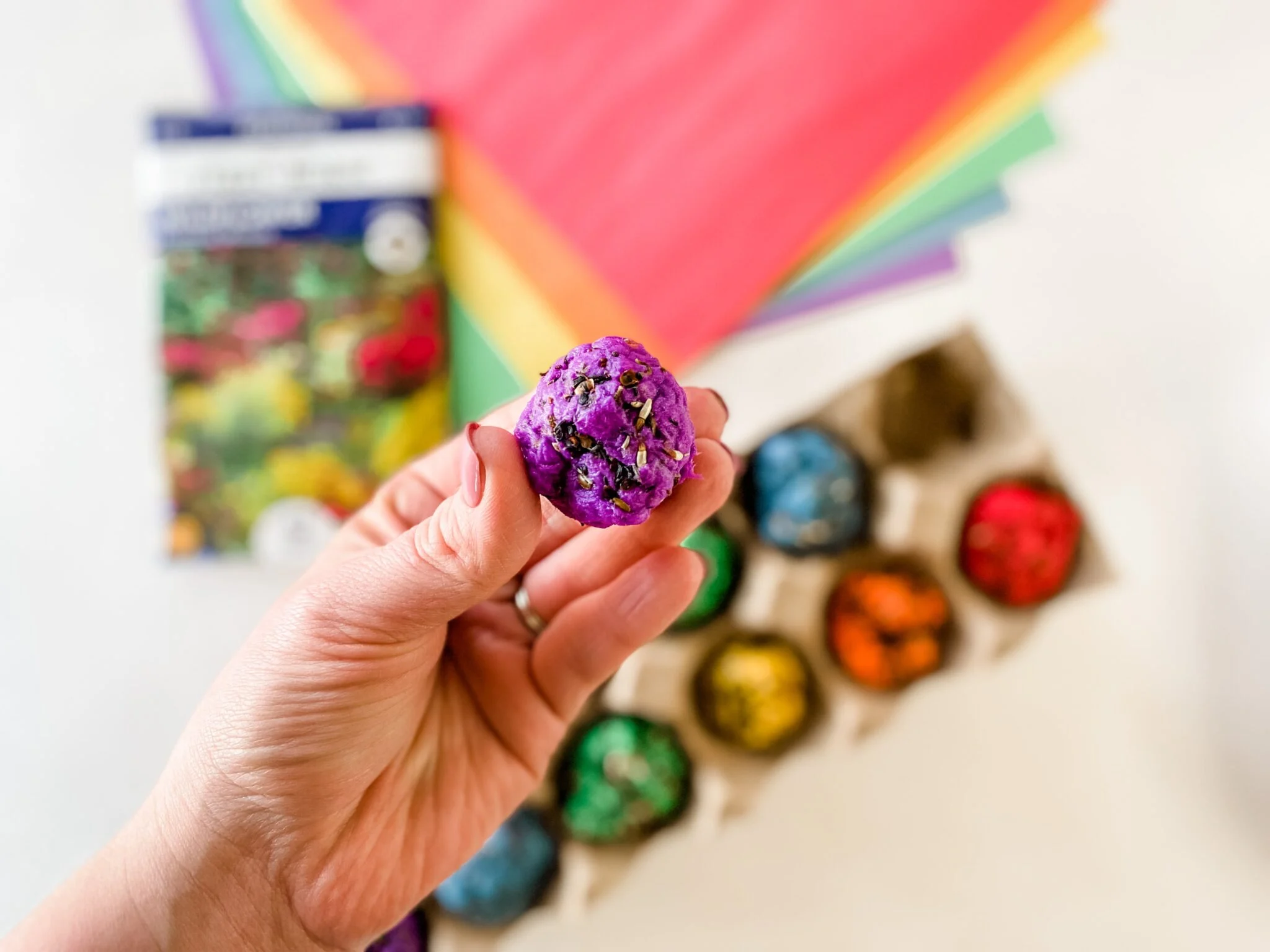

Plant Care & Gardening Tips
How To Make Wildflower Seed Bombs
Modified: February 25, 2024
Learn how to make wildflower seed bombs with our plant care and gardening tips. Create beautiful blooms while helping the environment. Start your seed bomb project today!
(Many of the links in this article redirect to a specific reviewed product. Your purchase of these products through affiliate links helps to generate commission for Storables.com, at no extra cost. Learn more)
Introduction
Read more: What Is A Seed Bomb
Introduction
Welcome to the wonderful world of wildflower seed bombs! If you're looking for a fun and eco-friendly way to add natural beauty to your surroundings, then you're in the right place. In this article, we'll explore the fascinating concept of wildflower seed bombs and discover how you can easily create these delightful little balls of joy to enhance your garden, local community, or any other suitable outdoor space.
Wildflower seed bombs are not only a creative and enjoyable DIY project, but they also offer a range of benefits for the environment and wildlife. Whether you're an experienced gardener or a complete novice, you'll find that making and using wildflower seed bombs is a rewarding and impactful endeavor that allows you to connect with nature in a unique way.
So, grab your gardening gloves and get ready to embark on a journey into the enchanting realm of wildflower seed bombs. By the end of this article, you'll be equipped with the knowledge and inspiration to start crafting your own seed bombs and fostering a thriving habitat for pollinators and native flora. Let's dive in and uncover the magic of wildflower seed bombs together!
Key Takeaways:
- Wildflower seed bombs are fun, eco-friendly, and support biodiversity by adding vibrant colors to outdoor spaces. They’re easy to make and require minimal maintenance, making them a great way to connect with nature.
- Making wildflower seed bombs is a creative and rewarding way to support the environment. By choosing the right seeds and planting them in suitable locations, you can contribute to the growth of vibrant wildflowers and the well-being of pollinators.
What Are Wildflower Seed Bombs?
Wildflower seed bombs, also known as seed balls or seed grenades, are small, compact spheres made from a mixture of clay, compost, and seeds. These simple yet ingenious creations serve as a vehicle for dispersing seeds in a way that mimics natural processes, such as seed dispersal by animals or the wind. The concept of seed bombs dates back to ancient times, with various cultures employing similar techniques to sow seeds in hard-to-reach or barren areas.
These seed bombs are designed to protect the enclosed seeds from harsh environmental conditions, such as extreme temperatures, wind, and rain, allowing them to germinate and grow into healthy plants. The protective casing of the seed bomb shields the seeds from being eaten by birds or other animals, providing them with a safe environment in which to sprout and thrive.
Wildflower seed bombs are a convenient and effective way to introduce a diverse array of wildflowers to different landscapes, including urban areas, meadows, and gardens. They offer an accessible means of supporting biodiversity and promoting the growth of native plants, which in turn contributes to the well-being of pollinators and other wildlife.
These eco-friendly projectiles are not only practical but also serve as a symbol of guerrilla gardening, a movement focused on reclaiming and beautifying neglected or urban spaces through unauthorized cultivation. By utilizing seed bombs, individuals can participate in this form of activism while simultaneously bringing beauty and ecological benefits to their surroundings.
Overall, wildflower seed bombs represent a harmonious blend of art, conservation, and horticulture, encapsulating the potential for positive change and natural splendor in a compact, unassuming form.
Benefits of Wildflower Seed Bombs
Wildflower seed bombs offer a multitude of benefits that make them a valuable tool for environmental conservation and beautification. Here are some of the key advantages of using wildflower seed bombs:
- Biodiversity: By dispersing a variety of wildflower seeds, seed bombs contribute to the enhancement of biodiversity in both natural and developed landscapes. This diversity supports a wide range of pollinators, such as bees, butterflies, and hummingbirds, while also providing food and habitat for other wildlife.
- Erosion Control: The roots of wildflowers help stabilize soil and prevent erosion, particularly in areas with disturbed or bare ground. This erosion control function is crucial for maintaining the integrity of landscapes and preventing soil loss due to wind and water.
- Beautification: Wildflower seed bombs add vibrant splashes of color to outdoor spaces, transforming mundane or neglected areas into visually appealing landscapes. Whether scattered in urban settings, along roadways, or in gardens, these seed bombs contribute to the aesthetic enhancement of the environment.
- Low Maintenance: Once deployed, wildflower seed bombs require minimal maintenance, making them an accessible option for individuals with limited time or gardening experience. The seeds within the bombs are designed to thrive with minimal intervention, allowing for effortless cultivation of wildflowers.
- Education and Engagement: Seed bomb projects provide an opportunity for educational and community engagement initiatives. Whether in schools, community centers, or public events, the creation and distribution of seed bombs can raise awareness about the importance of native plants and environmental stewardship.
- Urban Greening: In urban environments, wildflower seed bombs contribute to the creation of green spaces and urban biodiversity, fostering a more sustainable and ecologically balanced urban ecosystem. They offer a means of reintroducing nature into urban settings and promoting urban greening efforts.
These benefits collectively underscore the significant positive impact that wildflower seed bombs can have on ecosystems, communities, and the overall well-being of the planet. By harnessing the power of these small, unassuming spheres, individuals can actively participate in the conservation and restoration of natural environments while enjoying the beauty and wonder of wildflowers.
Choosing the Right Seeds
When it comes to creating wildflower seed bombs, selecting the right seeds is crucial for ensuring the success and ecological impact of the project. The choice of seeds should align with the specific goals of the planting initiative, whether it’s supporting pollinators, enhancing biodiversity, or creating visually stunning landscapes. Here are some key considerations for choosing the right seeds for your wildflower seed bombs:
- Native Species: Prioritize native wildflower seeds that are indigenous to your region. Native plants are adapted to the local climate, soil, and wildlife, making them resilient and essential for supporting local ecosystems. They also provide food and habitat for native pollinators and wildlife, contributing to the overall health of the environment.
- Bloom Time and Diversity: Select a diverse mix of wildflower seeds that bloom at different times throughout the growing season. This approach ensures a continuous supply of nectar and pollen for pollinators and creates an ever-changing display of colors and textures in the landscape. Consider including early spring bloomers, summer-flowering species, and those that provide late-season interest.
- Soil and Light Conditions: Take into account the soil type and light conditions of the target planting site. Choose seeds that are well-suited to the specific soil composition and light availability, whether it’s full sun, partial shade, or shade. This tailored approach increases the likelihood of successful germination and establishment of the wildflowers.
- Ecological Functions: Consider the ecological functions of the selected wildflowers, such as their role in supporting pollinators, attracting beneficial insects, or providing food for wildlife. By incorporating species with diverse ecological functions, you can create a balanced and resilient ecosystem that benefits various components of the local food web.
- Endangered or Threatened Species: If relevant to your region, consider including seeds of wildflowers that are endangered or threatened. By doing so, you can contribute to the conservation of these species and help restore their populations in suitable habitats.
- Non-Invasive Species: Avoid using seeds of invasive plant species that may outcompete native vegetation and disrupt local ecosystems. Prioritize non-invasive wildflowers to prevent unintended ecological consequences and promote the health of native flora and fauna.
By carefully considering these factors and selecting a diverse array of high-quality wildflower seeds, you can create seed bombs that not only beautify the landscape but also play a vital role in supporting local ecosystems and preserving native plant diversity. The thoughtful selection of seeds is a fundamental step in the journey of creating impactful and ecologically sound wildflower seed bombs.
Mix your wildflower seeds with clay, compost, and water to form small balls. Let them dry, then toss them in bare spots to grow beautiful flowers.
Read more: When To Seed Wildflowers
Making Wildflower Seed Bombs
Creating wildflower seed bombs is a delightful and straightforward process that allows you to blend artistry with environmental stewardship. With a few basic ingredients and a touch of creativity, you can craft these compact spheres of potential that will burst into colorful blooms and support local biodiversity. Here’s a simple guide to making wildflower seed bombs:
- Gather Your Materials: To make seed bombs, you will need clay powder, compost or potting soil, a diverse selection of wildflower seeds, and water. Choose a mix of seeds that align with your planting goals, ensuring they are well-suited to the local climate and growing conditions.
- Prepare the Mixture: In a large bowl, combine 5 parts clay powder, 3 parts compost or potting soil, and 1 part wildflower seeds. The clay acts as a binding agent, while the compost provides nutrients for the seeds as they germinate. Gradually add water to the mixture, kneading it with your hands until it reaches a pliable consistency, similar to that of modeling clay.
- Form the Seed Bombs: Pinch off small amounts of the mixture and roll them into compact balls, roughly the size of a marble or small truffle. As you form the seed bombs, ensure that the seeds are evenly distributed throughout the mixture to promote uniform seed dispersal when the bombs break apart and germinate.
- Dry the Seed Bombs: Place the freshly formed seed bombs on a tray or drying rack, allowing them to air dry for 24-48 hours. This drying period helps the seed bombs harden and ensures that they hold their shape and integrity when dispersed or stored.
- Store or Share: Once the seed bombs are thoroughly dry, they can be stored in a cool, dry place until you are ready to use them. Alternatively, consider sharing them with friends, family, or community members to spread the joy of wildflower cultivation and conservation efforts.
With these simple steps, you can transform humble ingredients into powerful agents of change and natural beauty. Whether created as a solo endeavor or as part of a communal activity, making wildflower seed bombs is a rewarding and accessible way to contribute to the preservation of native flora and the well-being of pollinators.
So, roll up your sleeves, embrace your inner gardener, and let the transformation from clay and seeds to blossoming wildflowers inspire you and those around you. The journey of making wildflower seed bombs is a testament to the potential for positive impact that lies within the palm of your hand.
Planting and Caring for Wildflower Seed Bombs
Once you have crafted your wildflower seed bombs, it’s time to embark on the exciting journey of planting them and nurturing the growth of vibrant wildflowers. Whether you’re enhancing a garden, revitalizing a vacant lot, or adding charm to a public space, the process of planting and caring for wildflower seed bombs is both fulfilling and essential for their successful germination. Here are the key steps to ensure the optimal growth of your seed bombs:
- Choose the Planting Site: Select a suitable location for dispersing the seed bombs. Consider areas with well-drained soil and adequate sunlight, as most wildflowers thrive in sunny conditions. Whether it’s a garden bed, a meadow, or a neglected urban space, envision the potential for wildflowers to flourish and contribute to the surrounding ecosystem.
- Prepare the Soil: Before planting the seed bombs, ensure that the soil is free of debris and sufficiently loose to allow for seed germination. Rake the soil gently to create a receptive seedbed, removing any weeds or competing vegetation that may hinder the growth of the wildflowers.
- Disperse the Seed Bombs: Scatter the seed bombs evenly across the prepared soil, aiming for a natural and randomized distribution. Whether you toss them by hand or gently lob them into the planting area, strive for a broad coverage to maximize the potential for wildflower germination and establishment.
- Provide Water and Patience: After planting the seed bombs, water the area lightly to moisten the soil. Depending on the local climate and precipitation patterns, ensure that the planting site remains consistently moist to support the initial stages of seed germination. Exercise patience as the wildflowers take root and begin their journey towards blooming splendor.
- Monitor and Weed: Keep an eye on the planted area, monitoring the growth of the emerging wildflowers and removing any invasive weeds that may compete for resources. As the seedlings mature, consider providing additional water during dry spells to support their development and establishment.
- Enjoy the Blooms: As the wildflowers grow and bloom, take delight in the kaleidoscope of colors and the bustling activity of pollinators that are attracted to the blossoms. Embrace the beauty and ecological significance of the wildflowers, knowing that your efforts have contributed to the creation of a vibrant and sustainable habitat.
By following these steps and providing attentive care, you can foster the successful growth of the wildflowers from your seed bombs, nurturing a flourishing ecosystem that supports pollinators, wildlife, and the overall health of the environment. The act of planting and caring for wildflower seed bombs is a tangible expression of your commitment to conservation and the celebration of nature’s enduring beauty.
Conclusion
Congratulations! You have embarked on a remarkable journey into the world of wildflower seed bombs, discovering the artful fusion of conservation, creativity, and natural beauty. As you reflect on the process of creating, planting, and nurturing these small spheres of potential, it’s evident that wildflower seed bombs offer an accessible and impactful means of contributing to the well-being of the planet and its inhabitants.
Through the act of crafting wildflower seed bombs, you have not only engaged in a hands-on expression of environmental stewardship but also fostered a deeper connection to the living landscapes around you. The process of selecting native seeds, shaping the seed bombs, and dispersing them into the soil represents a harmonious collaboration with nature, one that transcends mere gardening and encapsulates a spirit of renewal and hope.
As the wildflowers emerge from the seed bombs and paint the landscape with their vibrant hues, you become a co-creator of an ever-changing tapestry of life, one that supports pollinators, enriches ecosystems, and brings joy to those who encounter its beauty. The simple act of scattering seed bombs becomes a profound gesture of sowing the seeds of change, both metaphorically and literally.
Remember that the impact of wildflower seed bombs extends beyond the immediate visual splendor they bestow. These humble spheres hold the potential to transform barren spaces into thriving habitats, support the delicate dance of pollinators, and inspire a renewed appreciation for the intricate web of life that surrounds us.
As you witness the wildflowers bloom and the ecosystem teem with activity, take pride in knowing that your efforts have left an indelible mark on the landscape, nurturing a legacy of beauty and biodiversity for generations to come. Your journey with wildflower seed bombs is a testament to the enduring power of small actions and the profound ripple effects they create in the natural world.
So, as you gaze upon the blossoms and revel in the symphony of life that unfolds, cherish the role you have played in fostering a more vibrant and sustainable planet, one wildflower seed bomb at a time.
Frequently Asked Questions about How To Make Wildflower Seed Bombs
Was this page helpful?
At Storables.com, we guarantee accurate and reliable information. Our content, validated by Expert Board Contributors, is crafted following stringent Editorial Policies. We're committed to providing you with well-researched, expert-backed insights for all your informational needs.
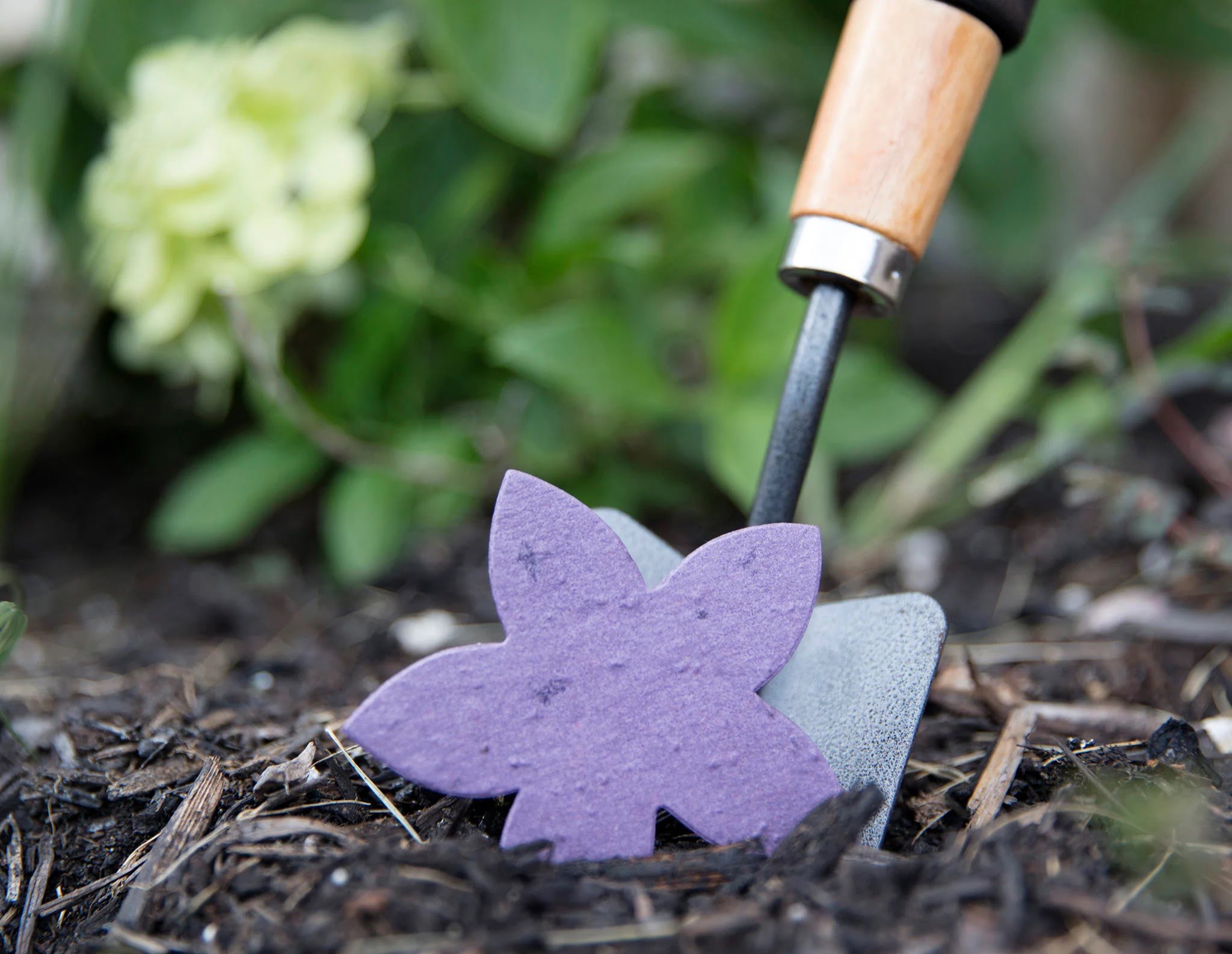
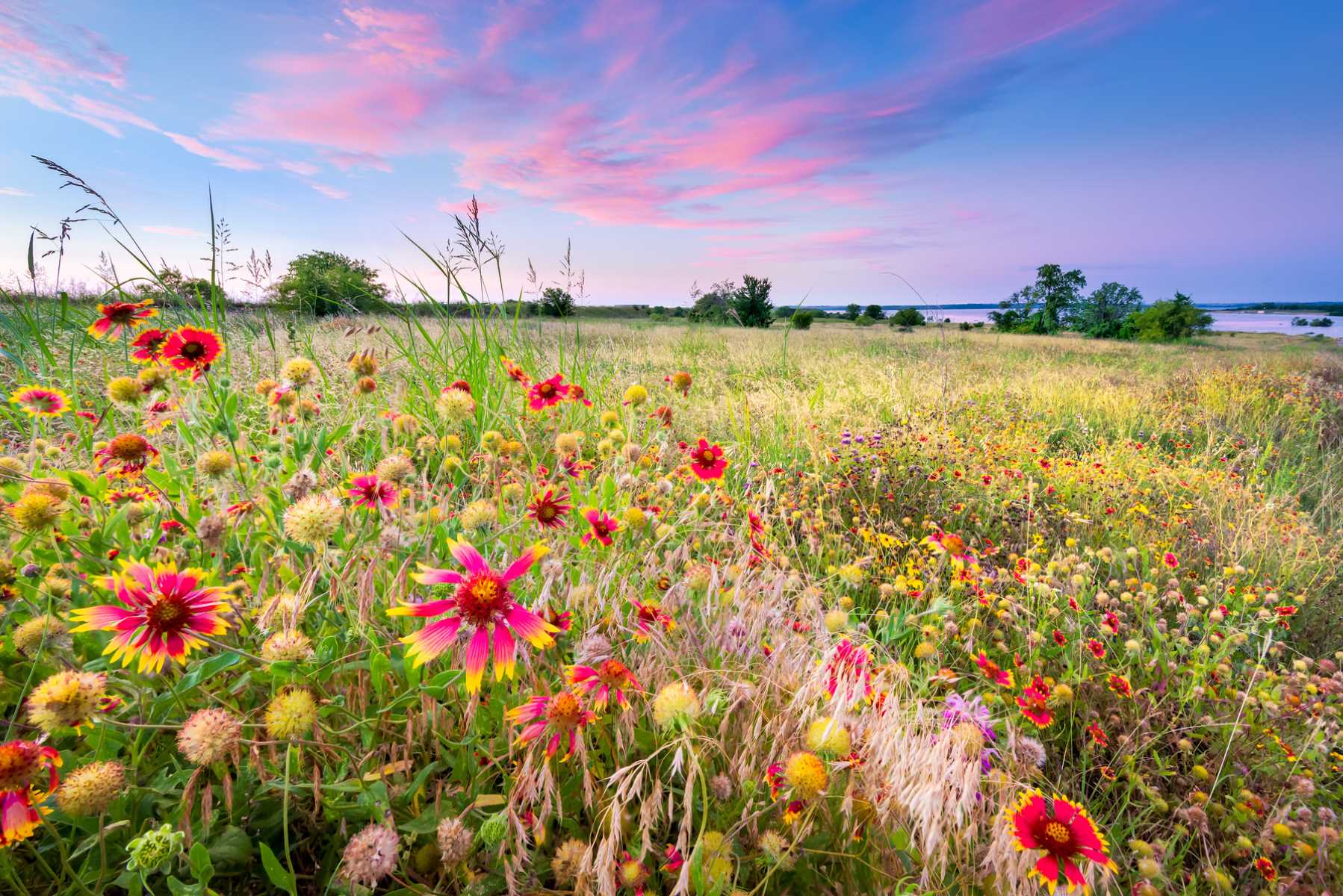
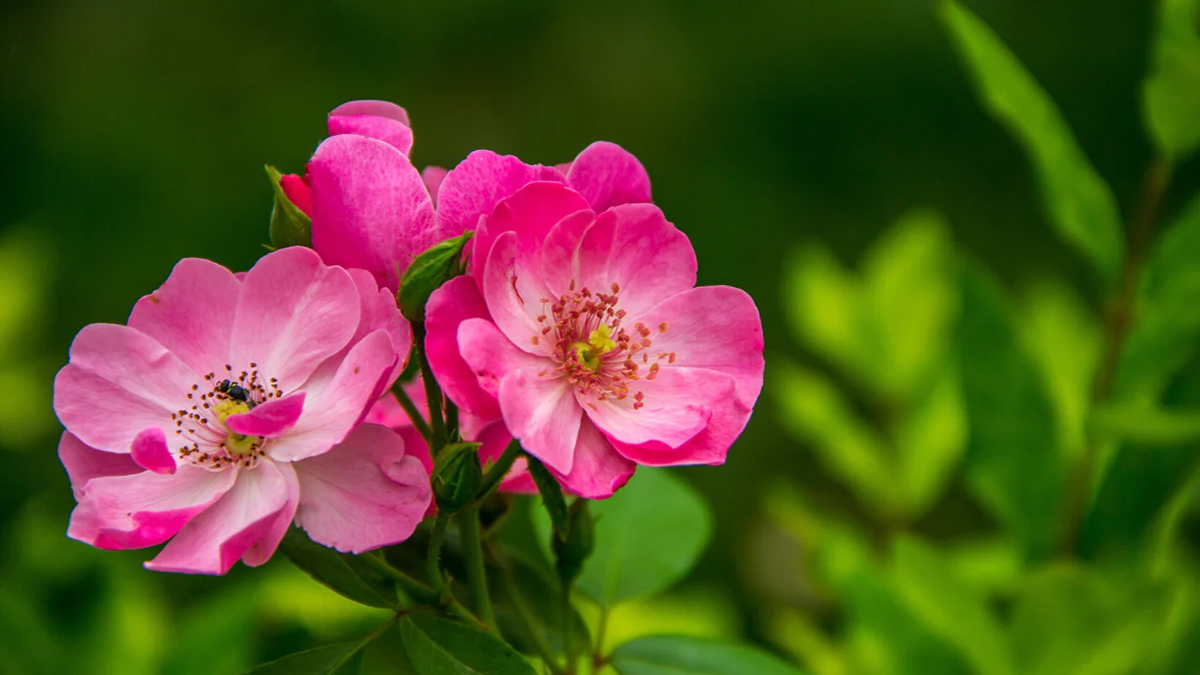
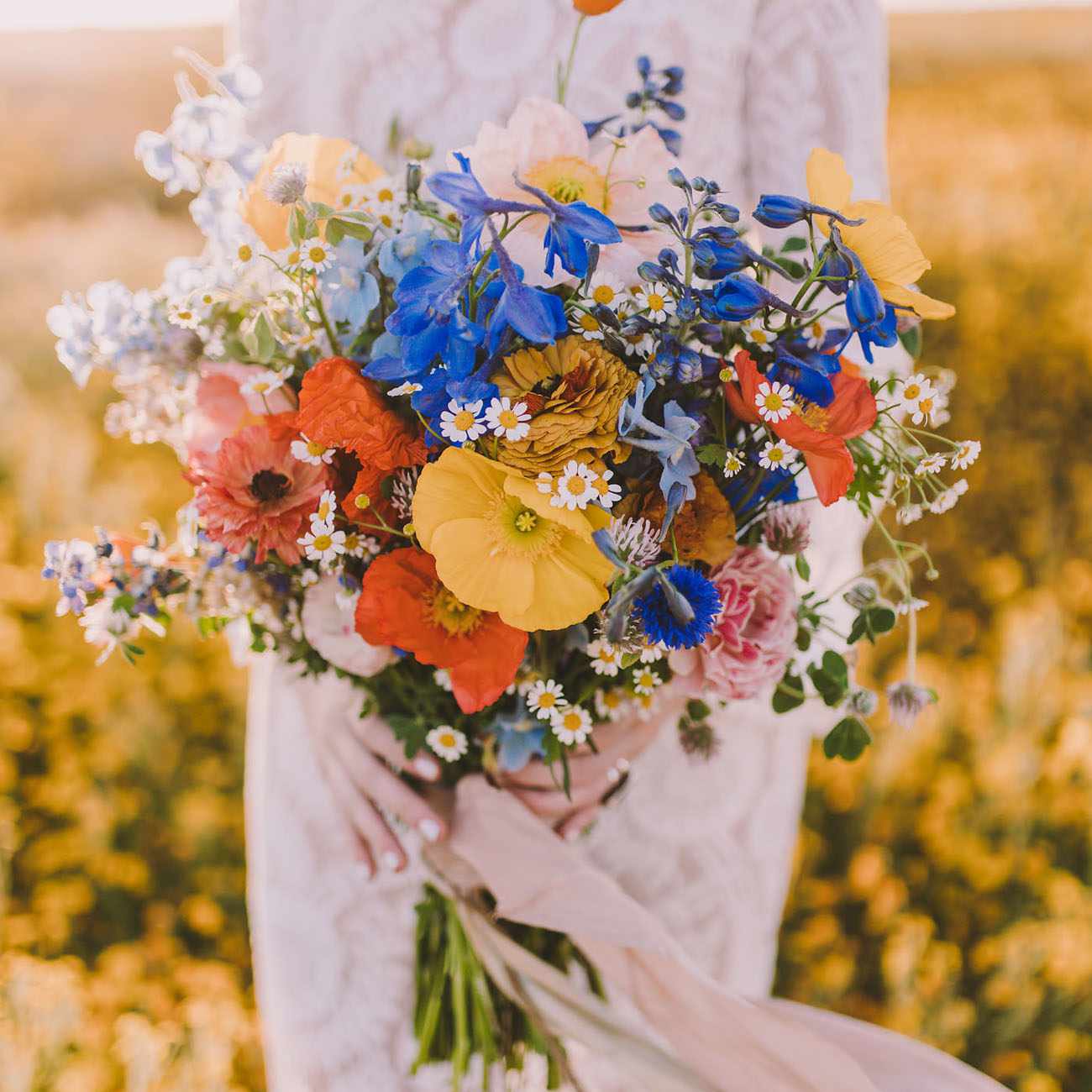

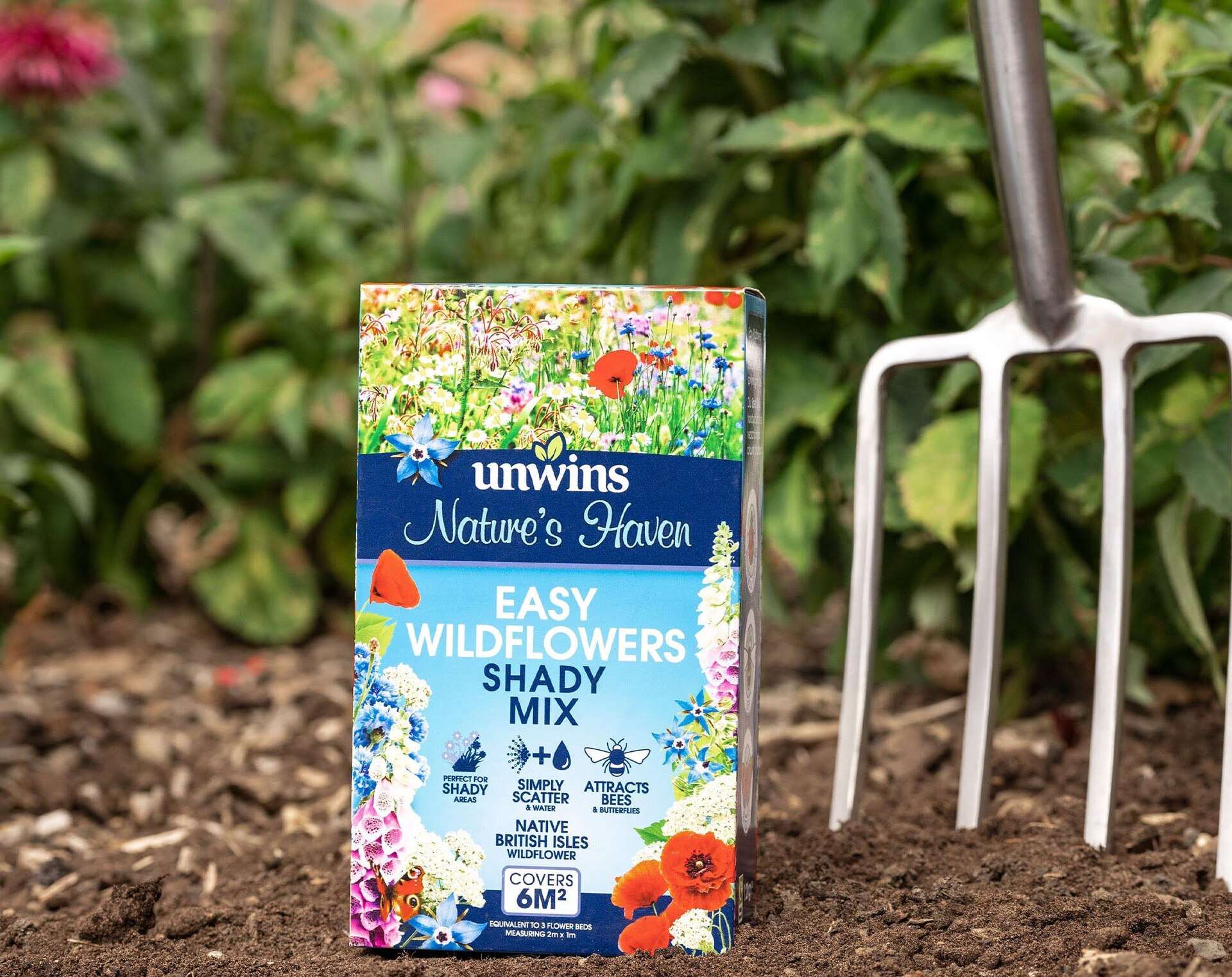
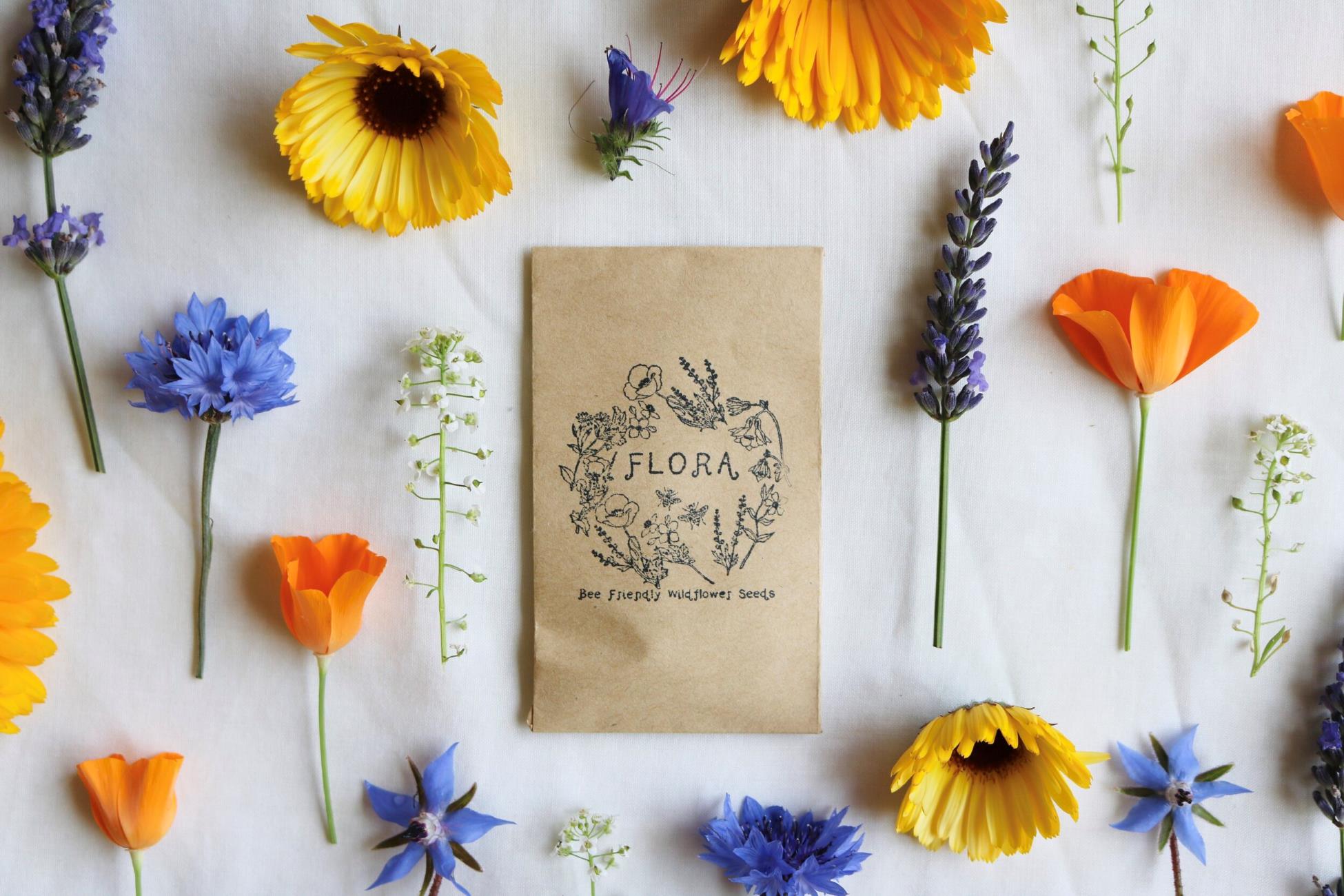
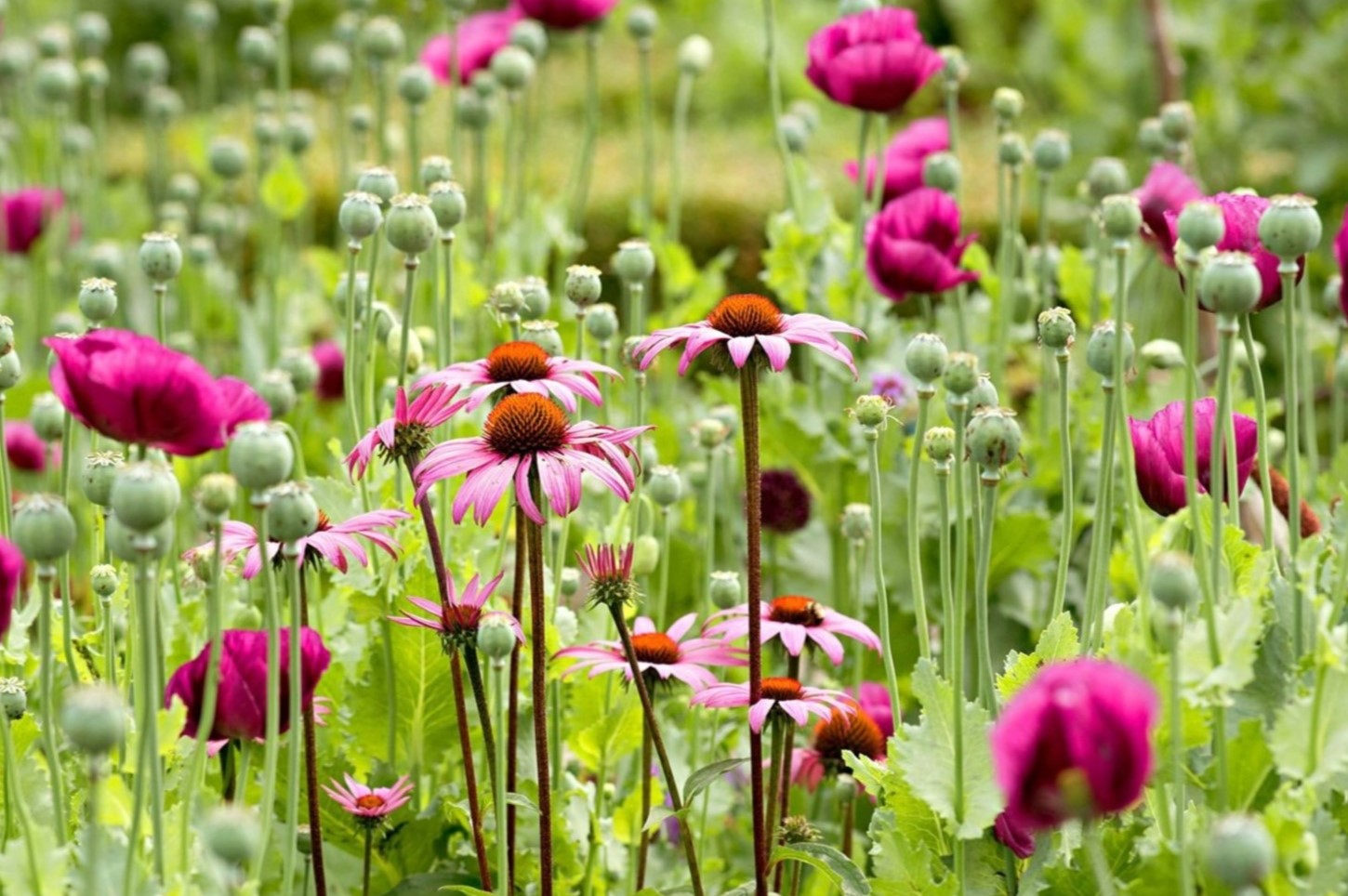
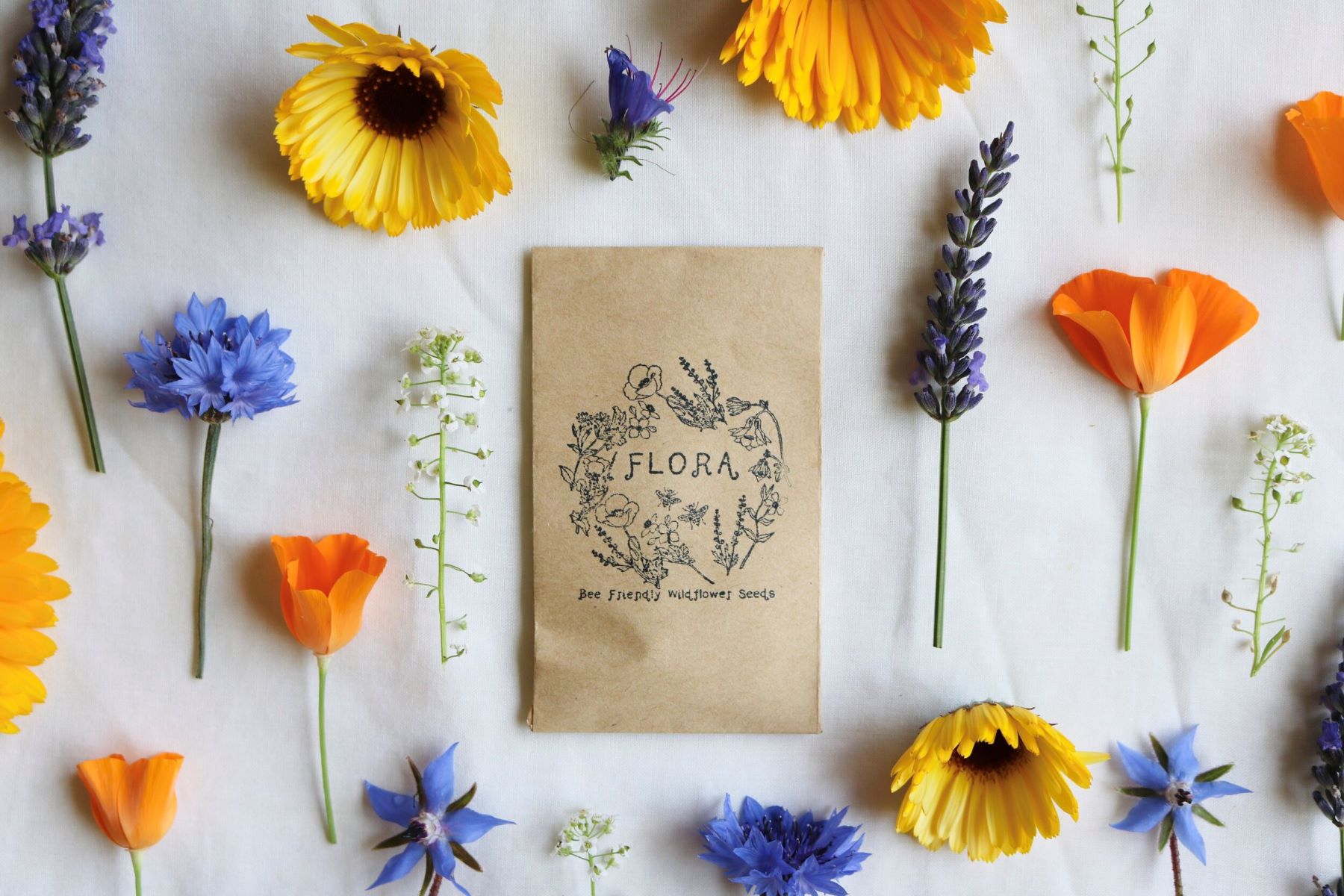
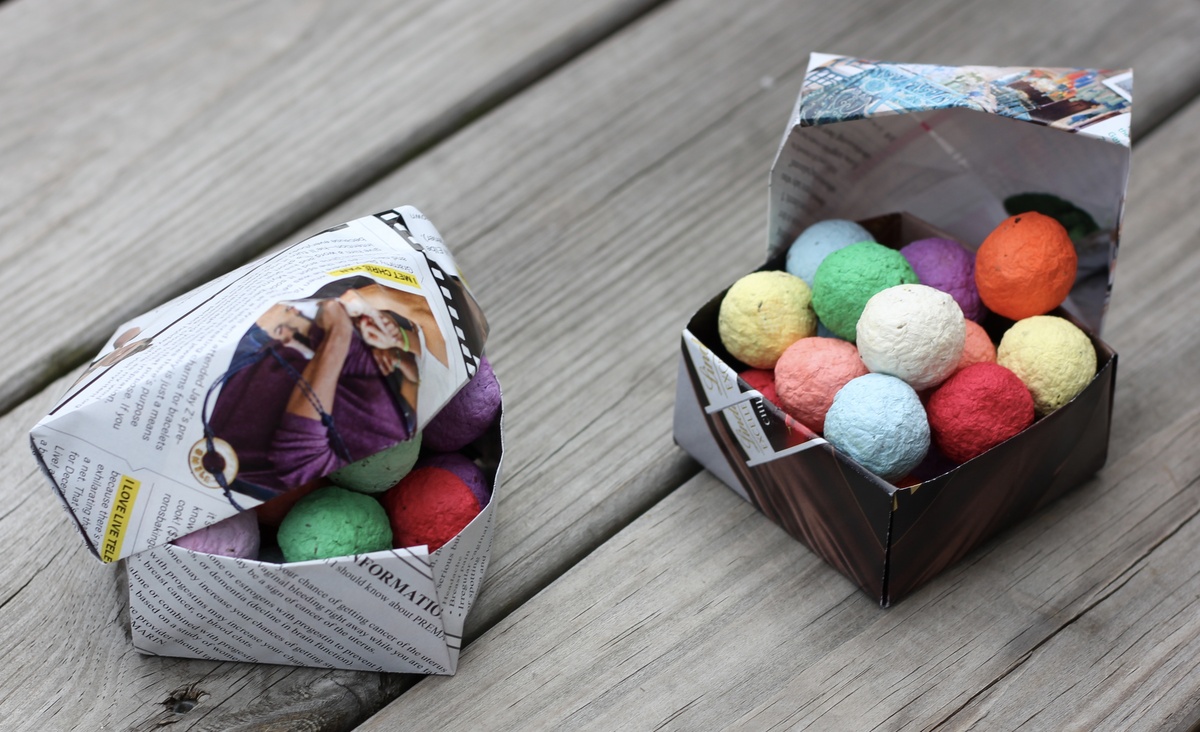
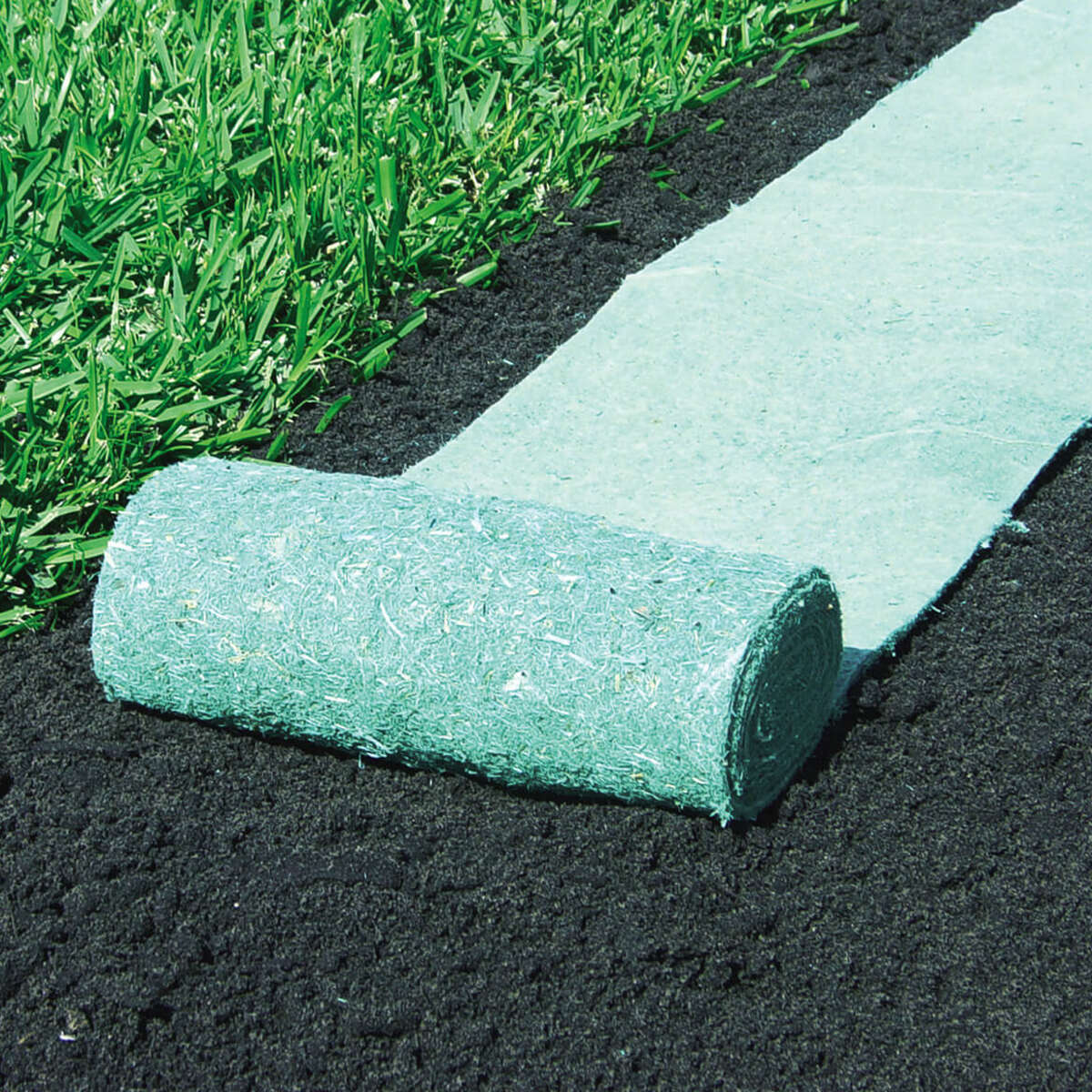
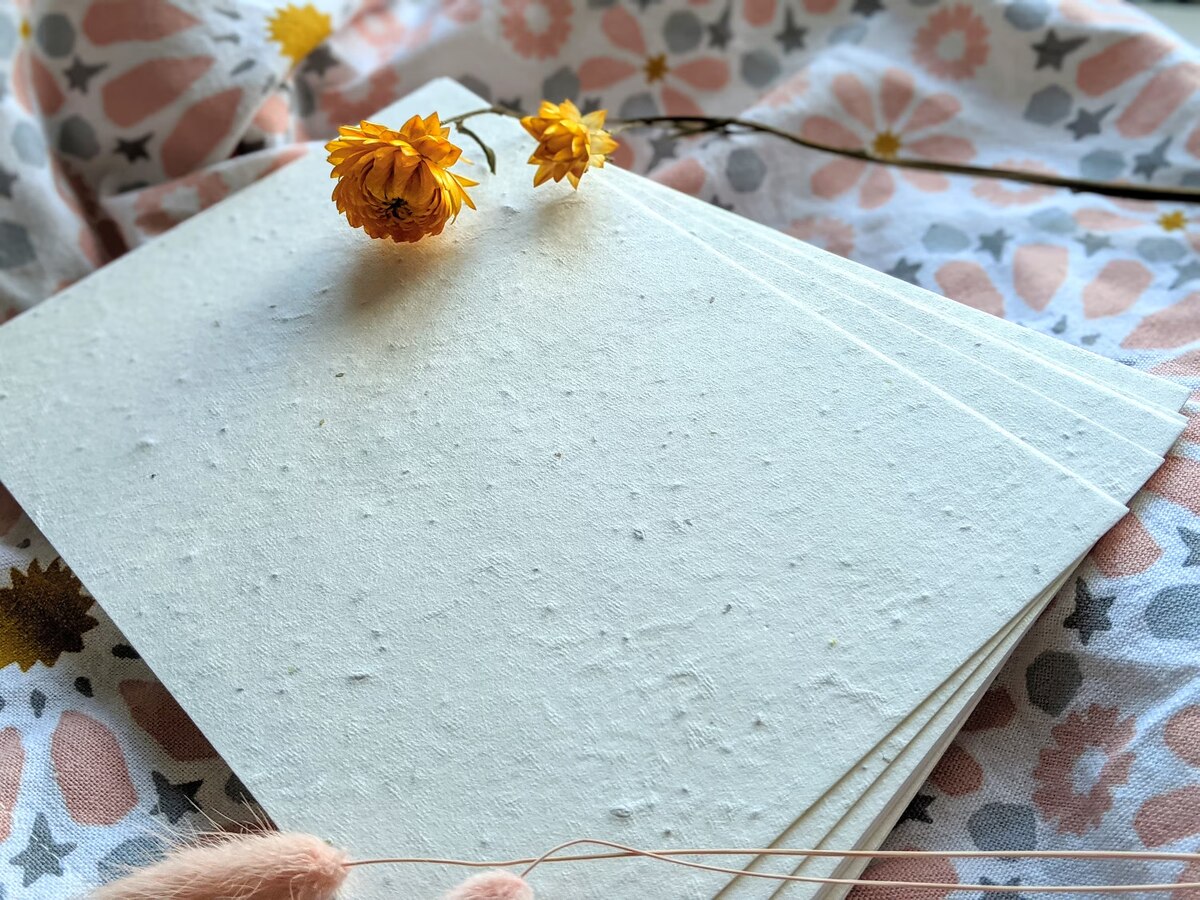
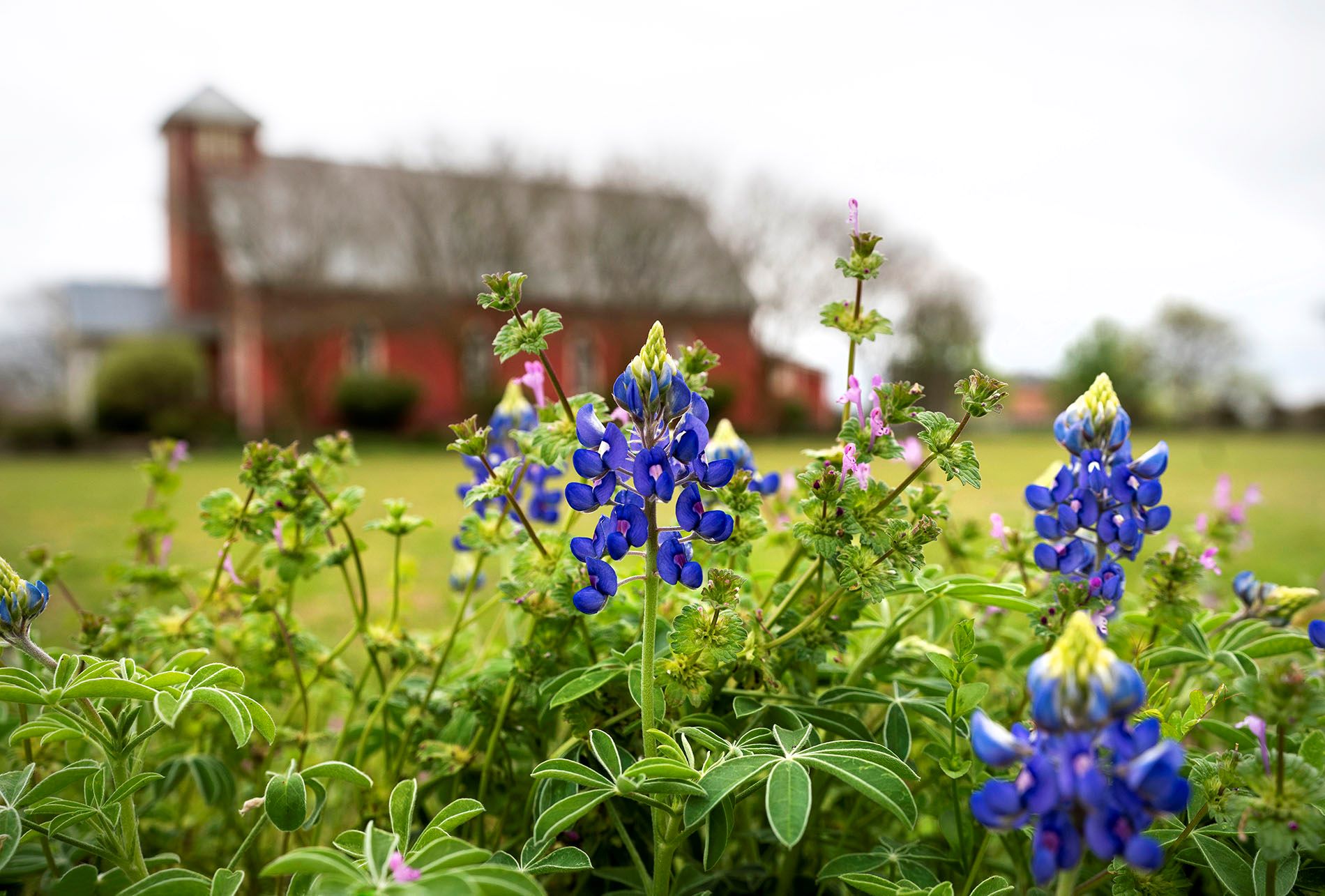
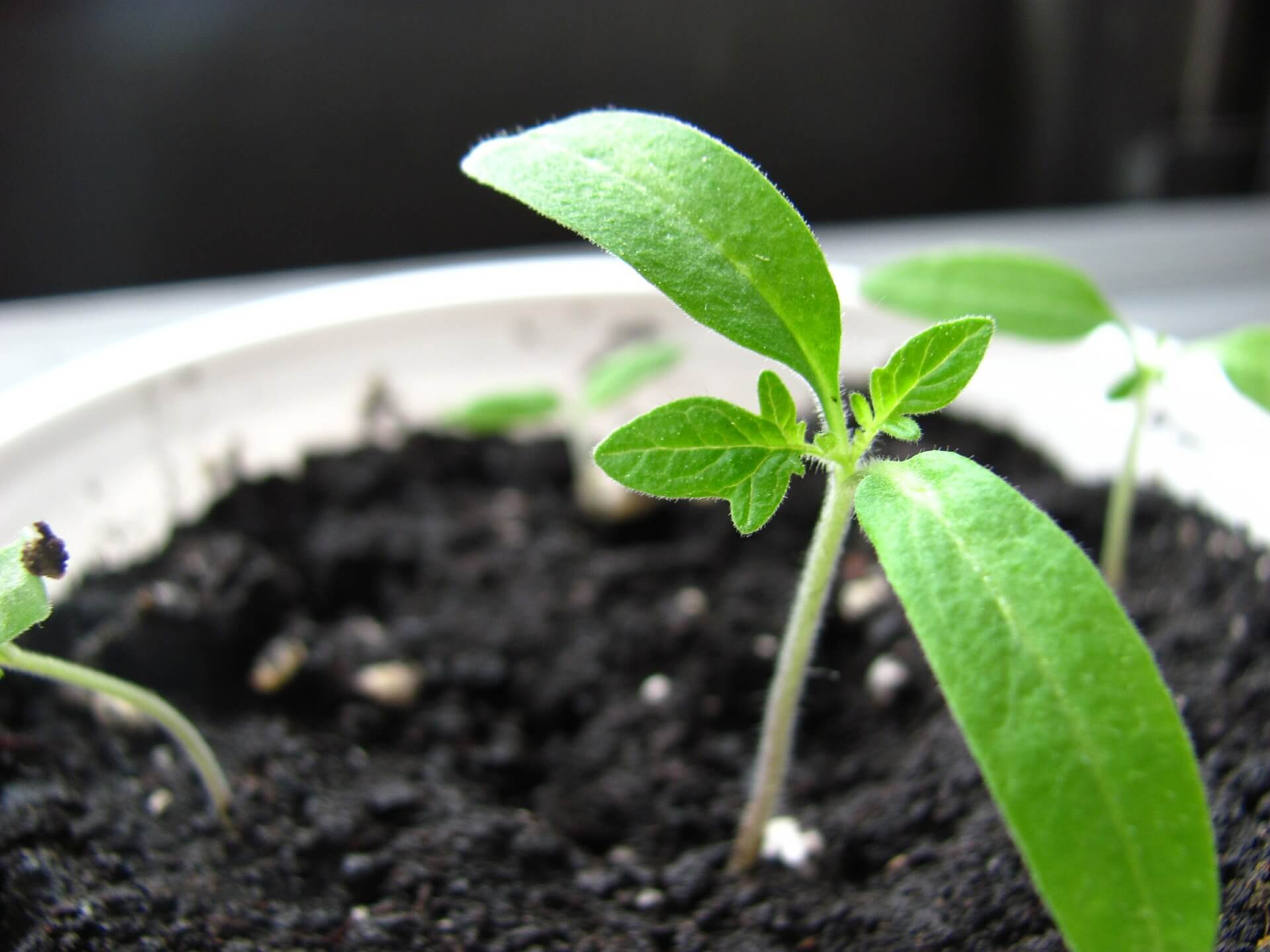

0 thoughts on “How To Make Wildflower Seed Bombs”